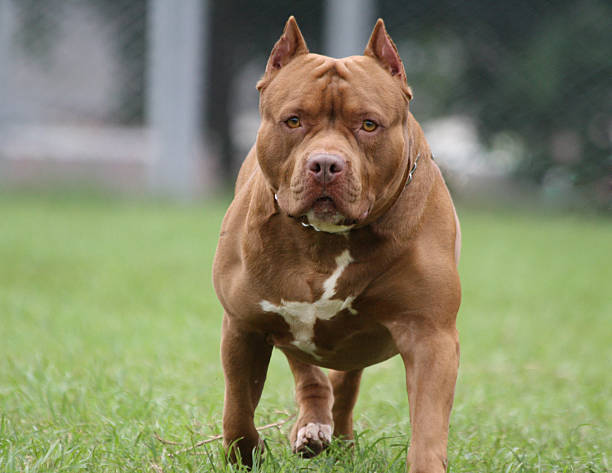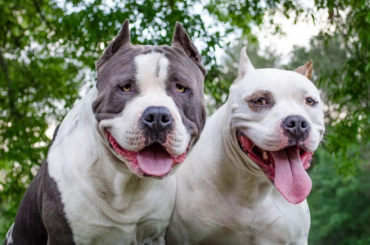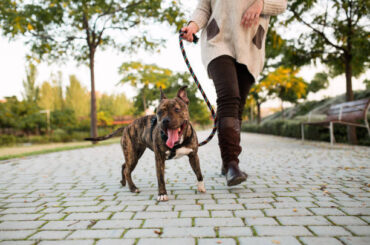Addressing aggression in any dog, including Pitbulls, requires a thoughtful and consistent approach. It’s essential to understand that aggression can stem from various factors, such as fear, territorial instincts, or lack of socialization. Here are some general guidelines to help you manage and reduce aggression in your Pitbull:
- Identify Triggers: Pay close attention to situations or stimuli that trigger aggressive behavior in your Pitbull. This could be certain people, animals, objects, or specific environments. Identifying these triggers is the first step in addressing and managing aggression.
- Consult a Professional: If your Pitbull’s aggression is severe or you feel unsure about handling the situation, it’s crucial to consult with a professional dog trainer or behaviorist. They can assess the specific factors contributing to the aggression and provide a tailored training plan.
- Positive Reinforcement Training: Utilize positive reinforcement techniques to encourage desired behavior. Reward your Pitbull with treats, praise, or toys when they exhibit calm and non-aggressive behavior. This helps create positive associations with specific situations and reinforces good conduct.
- Socialization: Socialize your Pitbull with various people, animals, and environments. Gradual exposure to different stimuli can help reduce fear and anxiety, addressing potential triggers for aggression. Ensure these interactions are positive and controlled.
- Establish Leadership: Establish yourself as the pack leader through consistent and positive leadership. Dogs are more likely to follow a calm and assertive leader. Use commands and gestures that convey confidence without resorting to punishment.

- Obedience Training: Enroll your Pitbull in obedience training classes. Basic commands such as “sit,” “stay,” and “leave it” can be valuable in managing and redirecting aggressive behavior. Training also strengthens the bond between you and your dog.
- Provide Mental and Physical Stimulation: Ensure your Pitbull receives adequate mental and physical exercise. Boredom and lack of stimulation can contribute to behavioral problems. Engage them in interactive play, puzzle toys, and regular walks to expend excess energy and prevent frustration.
- Avoid Punishment: Avoid physical punishment or harsh corrections, as these can escalate aggression and erode the trust between you and your Pitbull. Instead, focus on positive reinforcement and redirection to encourage the desired behavior.
- Create Safe Spaces: If your Pitbull shows signs of aggression in specific situations, create a safe and controlled environment. Use a crate or designated area where they can retreat and feel secure. This prevents escalation and provides a space for your dog to calm down.
- Regular Vet Check-ups: Ensure your Pitbull is in good health by scheduling regular veterinary check-ups. Pain or discomfort from medical issues can contribute to aggression. Rule out any underlying health issues that may be influencing behavior.
- Spay/Neuter: If your Pitbull is not already spayed or neutered, consider discussing this with your veterinarian. Spaying or neutering can reduce hormonal influences, potentially lowering aggressive tendencies.
- Consistency is Key: Be consistent in your training and interactions with your Pitbull. Consistency helps them understand boundaries and expectations, reducing confusion and anxiety that can lead to aggression.
Remember, addressing aggression in dogs takes time and patience. It’s crucial to approach the issue with a positive mindset and a commitment to consistent training. If you’re uncertain or the aggression persists, seek professional guidance to ensure the safety of both your Pitbull and those around them.






